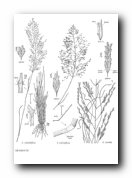
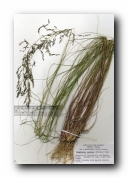
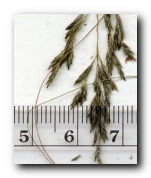
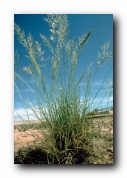
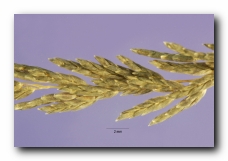
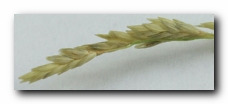
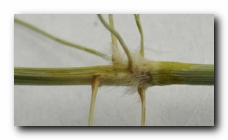
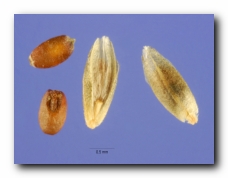
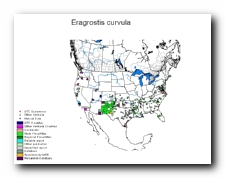
40" Rows:
Broadcast:
0.5 pound pure live seed per acre
1.5 pounds pure live seed per acre
Sandy:
Loam:
Clay:
High
High
High
Special Notes:
| Origin: | Africa | |
| Use: | Perennial, warm season, introduced grass that provides poor grazing for wildlife; fair grazing for livestock. | |
| Image: |









|
|
| Plant Description: | ||
| General | Characteristics of Weeping Lovegrass | |
| Life Span | Perennial | |
| Growth Form | tall, erect, bunchgrass | |
| Management: | ||
| Seeding Rate 40" Rows: Broadcast: |
0.5 pound pure live seed per acre 1.5 pounds pure live seed per acre |
|
| Planting Date | March-May | |
| Planting Depth | less than 0.25 inch | |
| pH requirement | 4.5 to 8.0 | |
| Rainfall requirement | 10 to 40 inches | |
| Soil texture Sandy: Loam: Clay: |
High High High |
|
| Cold Tolerance: | Moderate | |
| General | Provides poor grazing for wildlife; fair grazing for livestock. | |
| ID Features: | This erect bunchgrass grows 24 to 48 inches tall with an erect seed stalk and narrow, drooping, coarse blades. The seedhead is a loose, open panicle with many seeded grayish-green spikelets. The panicle resembles lace when mature. Leaves are rough on the bottom and top surfaces, with hairy, basal sheaths. | |
Special Notes: |
Weeping Lovegrass [Eragrostis curvula] Information #1 | |
Regional Adaptation |
||||||||||||||||||
Variety |
Coast Saline Prairie |
Coast Prairie |
East Texas Timberlands |
Claypan Area |
Blackland Prairie |
East Cross Timbers |
West Cross Timbers |
Grand Prairie |
North Central Prairies |
Central Basin |
Edwards Plateau |
Northern Rio Grande Plain |
Western Rio Grande Plain |
Central Rio Grande Plain |
Lower Rio Grande Valley |
Rolling Plains |
High Plains |
Trans-Pecos |
| Weeping | X |
X |
X |
X |
X |
X |
X |
X |
X |
X |
||||||||
| Ermelo | X |
X |
X |
X |
X |
X |
X |
X |
X |
X |
||||||||
| Morpa | X |
X |
X |
X |
X |
X |
X |
X |
X |
X |
||||||||
| Renner | X |
X |
X |
X |
X |
X |
X |
X |
X |
X |
||||||||